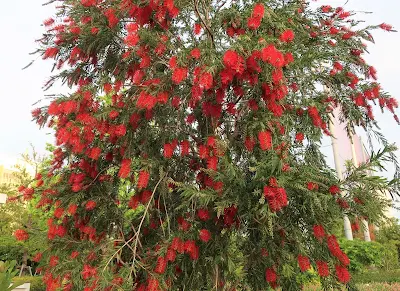Japanese follows English. 英語の後に日本語が続きます。
Find the odd one out!!
 |
| 4 |
Got it? The answer is of course Photo 3, which is a picture of a Japanese scrubbing brush (see below for what it is and how to use it😁!) All the others are photos of callistemon or red bottlebrushes, which I hadn't notice until yesterday when I took these photos😅 Maybe it's time for me to stop only looking down for tiny flowers...
(If you wish to post your comment but don't have a Google account, select "anonymous" from the drop down menu titled "comment as"!)
仲間外れはどれでしょう?分かりましたか?答えは3枚目、亀の子たわしです。後は全部ブラシの木😁
朝しょっちゅう通っていたのに、こんなに真っ赤なのに全然気づきませんでした。ちっちゃい花を見つけるために最近下ばっかり見てました。。。😅
亀の子たわし大好きです。野菜や果物はこれでごしごししてなるべく皮ごと食べるようにしてます。
(Google アカウントを持ってない方は、コメント記入後に「Google アカウント」をクリックし、「匿名」か「名前/URL」を選択してからご記入ください!)








0 件のコメント:
コメントを投稿